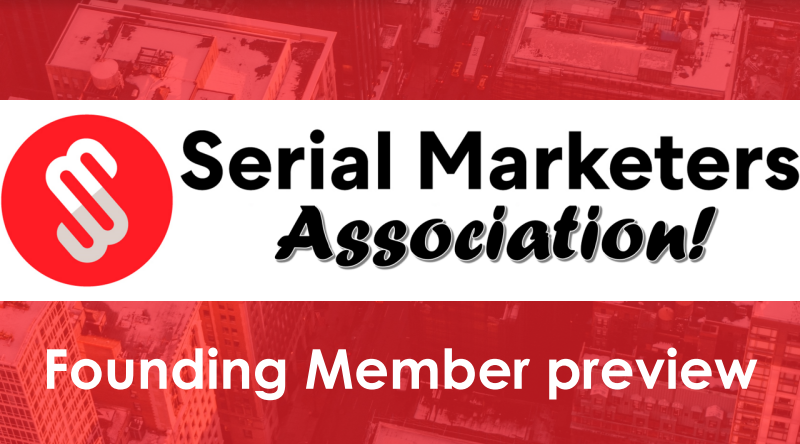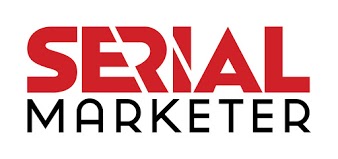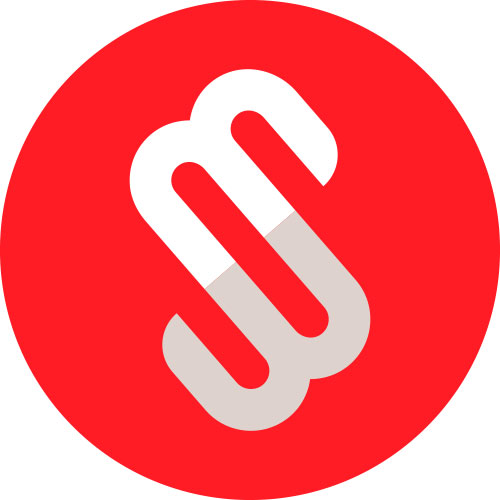I originally posted this on 360i's blog
During Social Media Week’s panel on Social Graph Optimization that I had the
pleasure and honor of moderating, I was able to get in a bunch of the questions
that I had for the panel, including Meebo’s Seth Sternberg (@sethjs), Wiredset/Trendrr’s Mark Ghuneim
(@MarkGhuneim), Droga 5’s Hashem
Bajwa (@HashemBajwa), and Anna “the
analyst” O’Brien (@annaobrien).
You can read the official
SMW blog post by Amanda Rykoff (@amandarykoff) for the details of what
was covered there, including what social graph optimization really means (I’m
not as convinced as some panelists that we need this as a discipline separate
from social media optimization), what marketers need to measure, and where
mobile location-based services fit in. That last discussion was inspired by @BukolaE,
who’s not even in New York City currently but participated via social media. If
you’re so inclined you can catch the whole session via video:
As SMW host Toby Daniels (@tobyd)
acknowledged, the panel lasted a good 75 minutes and could have gone far longer.
There were a number of questions I didn’t get to ask as a moderator, and the
audience had some questions we couldn’t cover. I’ll share the questions here,
along with my stab at responses. I’d welcome hearing your answers in the
comments or via Twitter (I’m @dberkowitz).
1) Seth from Meebo kicked off the session with a parallel between search
engine optimization and social graph optimization. So is there white hat and
black hat social graph optimization?
Both versions definitely exist, and it would have been fun getting into this.
Looking at black hat SGO in particular, you can buy Facebook fans and Twitter
followers. You can engage in pay-per-tweet campaigns. You can even game search
engines through social media, as my colleague Mike Dobbs described in his
post on ‘doorway tweets.’ Yet with social media, the demand for authenticity
is far greater; you&0160;– whether you’re a person or a brand&0160;– really have to be who
you say you are and do what you’ll say you do. The standards are higher, and
they should be, as it’s ultimately&0160;about people, not clicks and traffic.
2) The entire discussion around SGO was about earned media, even while held
in the office of a nearly 150-year-old advertising agency.&0160;Does paid media play
a role in social graph optimization?
There definitely is a paid media or advertising component that can and often
should be a part of it. For instance, part of social graph optimization is
getting your target audience to take actions that wind up being broadcast to
their networks. One way on Facebook this works is to build fans, as the action
of becoming a fan will show up in their contacts’ live feeds. When launching a
new page, paid media can help jumpstart those actions, even if most of the fan
activity ultimately comes from earned media.
3) Rafael Bonnelly, in town from Madrid, asked over
Twitter, “Do you think social graph optimization levels the field between
large companies and small businesses?”
The short answer: no. You do have small businesses that are incredibly
nimble, entrepreneurial, and smart with social media. Just look at the Roger
Smith Hotel as an example, as represented by Brian Simpson on the Social
Media Club NYC panel earlier that day.&0160;But large companies with big brands
have a number of advantages: most importantly their brands, but also the
potential for cross-disciplined team approaches, budgets,&0160;and access to a&0160;lot of
the best&0160;talent out there. Certain&0160;small businesses will be able to compete in
any niche and vertical, but they’ll be the exception.
4) Finally,&0160;schudnoff&0160;tweeted: I
hope they touch upon the change that real time search will bring to how one best
goes about optimizing the social graph.
Okay, we didn’t touch on this&0160;– I’ll take the blame for that. The difference
real-time search will make is that will allow for real-time social graph
optimization. That brings pros and cons for marketers: the pros are the
opportunities, while the cons are the pressure to act immediately and the lack
of focus that can arise when everything needs to happen in the moment.
That’s just my take though. Perhaps the panelists and others will chime in
with more.







No Comments
Leave a comment Cancel